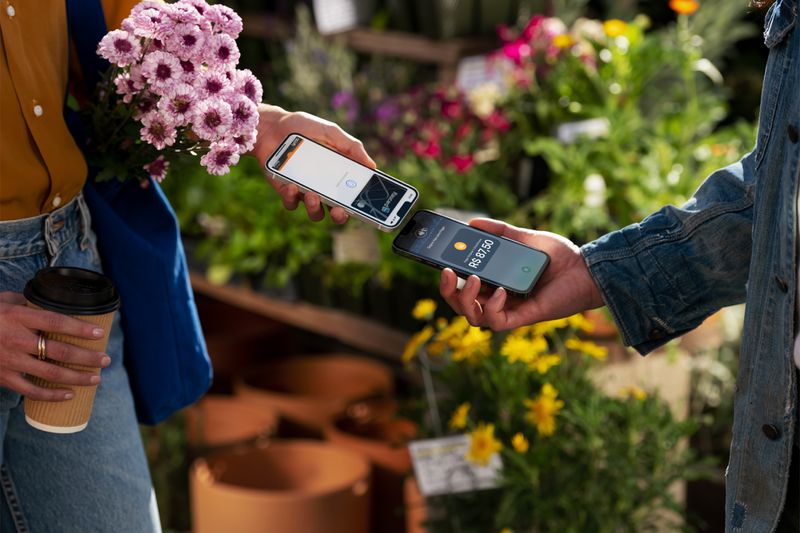
9-24 #BadCold : Apple’s 5G modem prototype is reportedly “3 years behind Qualcomm”; Nio has unveiled its first smartphone in China; Li Auto clarified that the company has no plans to launch a smartphone; etc.

The U.S. Department of Defense (DoD) has entered into a 10-year agreement with GlobalFoundries (GF) to procure U.S. chips for vital defense and aerospace applications. The initial commitment is valued at USD17.3M, with the potential to reach USD3.1B over the contract’s duration. This partnership ensures the DoD receives top-tier, secure semiconductors from GF’s highly accredited U.S. facilities. GF’s U.S. production sites hold the prestigious Trusted Supplier Category 1A accreditation, which is the highest security level. This ensures that the chips are produced with rigorous security measures in place to safeguard sensitive data and maintain the integrity of the chips. (CN Beta, GlobalFoundries, Yahoo)
Qualcomm has said it is expected to lay off some employees in its Shanghai unit but denied the market rumor that it will have “large-scale layoffs” and evacuate from Shanghai. It is reported that this round of layoffs will mainly focus on the wireless business research and development department. The compensation standards are N+4 for regular employees (including newly hired employees) and N+7 for senior employees without a fixed term, with no cap limit of three times. (CN Beta, SCMP, Yahoo, Pandaily, China Daily)
Qualcomm has introduced Qualcomm 10G Fiber Gateway Platform and its signature feature, Qualcomm Service Defined Wi-Fi technology. The Qualcomm Service Defined Wi-Fi technology addresses this management challenge by offering a unified data flow management architecture, from cloud to device. It delivers orchestration, classification, scheduling, and insights that help ensure subscriber performance expectations for 10G Fiber are met – adapting to user activity whether they are gaming, streaming, video conferencing or sharing content. The Qualcomm 10G Fiber Gateway Platform is architected to enable 10Gbps to and through the home. Its software-defined architecture combines 10G Passive Optical Network (PON) technology with multi-Gigabit Wi-Fi 7 connectivity to ensure high-speed connectivity and low-latency access can be delivered seamlessly through the home to end devices – such as phones, PCs, smart TVs, home cameras or appliances.(Android Headlines, Qualcomm)
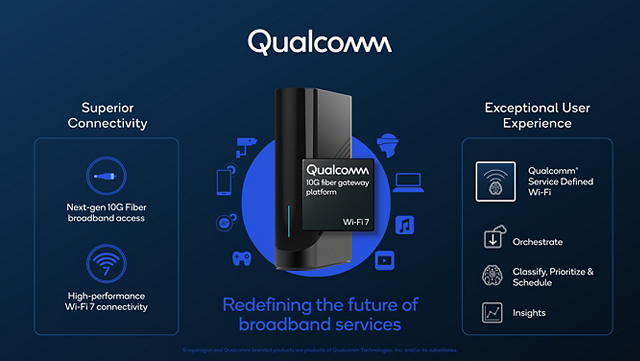
Apple’s 5G modem prototype is reportedly “3 years behind Qualcomm”. Apple’s attempt to develop its own in-house 5G modem has been stymied by issues resulting from the iPhone maker underestimating the complexity and technical challenges of the task, and a lack of global leadership to guide the separate development groups siloed in the US and abroad. Apple’s motivation to develop its own modems is reportedly two-fold. First, developing its own silicon had helped improve device performance and increase profit margins. Second, the company wanted to break from Qualcomm, which Apple sued in 2017 over excessive patent fees. Bloomberg’s Mark Gurman suggests we will likely see Apple’s modem gradually roll out before the current Qualcomm deal expires in 2026. (GizChina, WSJ, Yahoo, The Verge)
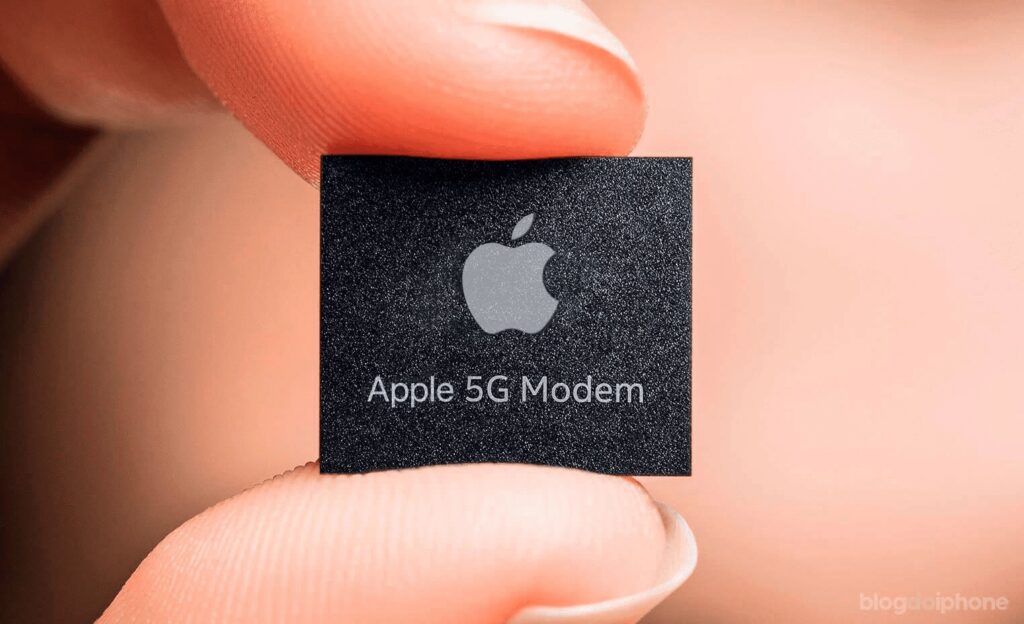
Intel CEO Pat Gelsinger in response to a question about whether Intel would adopt a 3D cache approach like AMD does with its 3D V-Cache processors, he confirmed that, while Intel will take a bit of a different approach, it will also use stacked cache memory paired with the CPU die. This technology will not arrive with Meteor Lake, but it is in development for a range of different Intel processors in the future. Intel’s upcoming processor roadmap will move heavily into the multi-chiplet module (MCM) design paradigm, where different processor components like the iGPU, cache, and Intel’s new nueral processing unit would be discrete segments bonded together into a single unit rather than cast together all at once.(CN Beta, Yahoo, TechRadar, Tom’s Hardware, Hot Hardware)
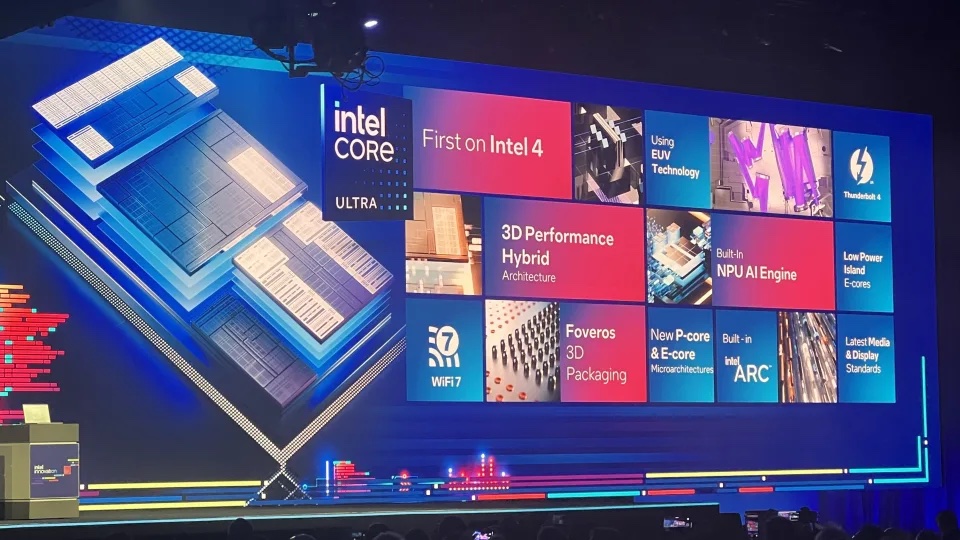
Intel has a long history and rich achievements in advanced packaging technology. As early as the 1990s, it led the transition from ceramic packaging to organic packaging, and was the first to realize halogen-free and lead-free packaging. EMIB, Foveros, and Co-EMIB are now all It has been put into practical use, and Foveros Direct and Foveros Omni are also ready. Now, Intel has announced that it will take the lead in launching glass substrates for the next generation of advanced packaging technology. It plans to launch related products in the next few years, which can greatly increase the number of transistors and increase the interconnection density in a single package, allowing partners and foundry customers to expand in the future. benefits within ten years. Substrates made of glass materials have excellent mechanical, physical, and optical properties, which can connect more transistors in a single package, provide higher quality shrinkage, and support the creation of larger-scale chips, that is, system-in-package. (CN Beta, PC World, My Drivers, Intel, AnandTech)
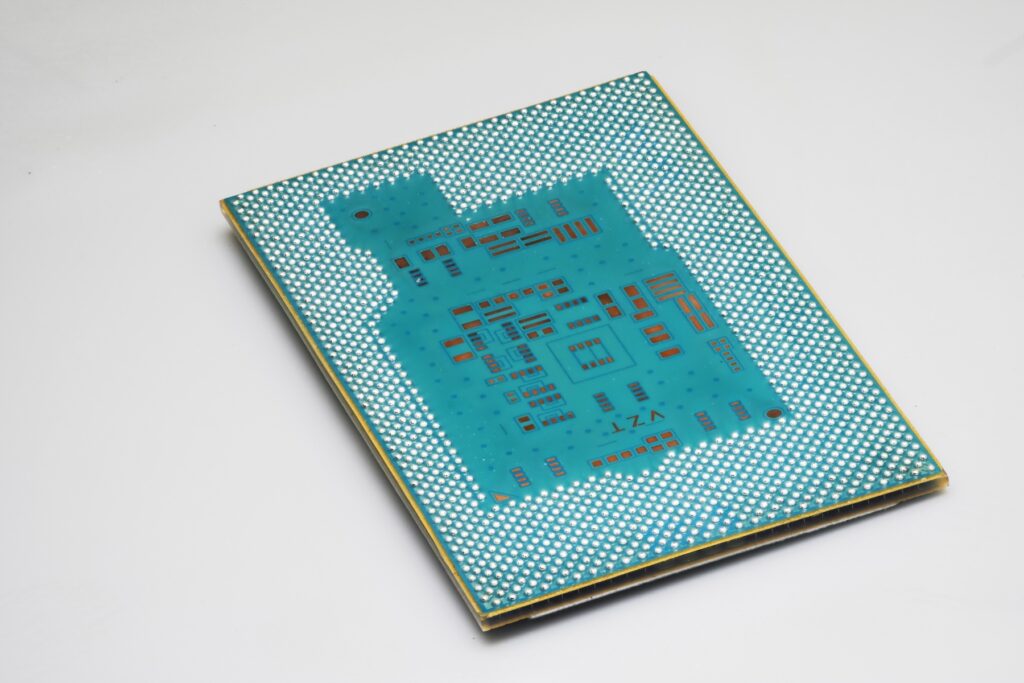

In early Sept 2023, Nvidia CEO Jensen Huang made a visit to India, announcing collaborative plans for AI infrastructures with Reliance Industries and Tata, as well as re-training Indian engineers to scale up AI capabilities, highlighting India’s potential as a huge AI market and talent exporter. K. Krishna Moorthy, CEO of the India Electronics and Semiconductor Association (IESA), saying India is rapidly evolving as a market for advanced technologies, adding that as India’s digital economy expands, the government is enforcing data security, data privacy, and data localization regulations, which could necessitate the deployment of more than 100,000 GPUs to develop AI cloud infrastructure. Furthermore, as Nvidia cannot sell its most advanced chips to China, which accounts for about 20% of its sales, Nvidia is looking to diversify into India as its hedging strategy. (CN Beta, Bloomberg, Japan Times, Digitimes)
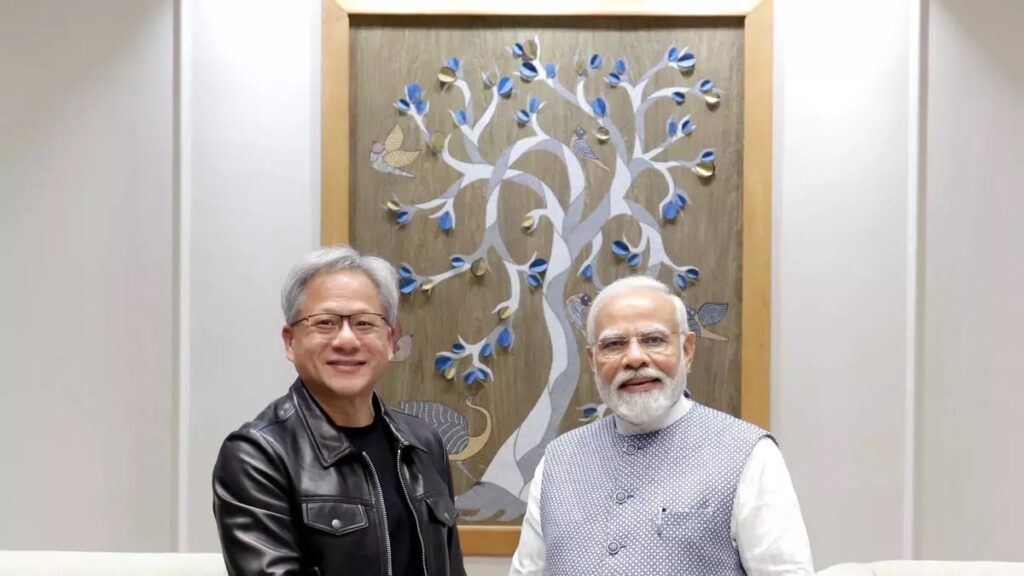
Google’s Tensor G4 will reportedly be quite similar to the G3 – the CPU will use one Cortex-X4 unit, A720 and A520 cores, while the GPU will be Immortalis-G715. The Tensor G4 processor will be based on an Exynos chip. The SoC will be manufactured by Samsung Foundry, as the deal with TSMC fell apart due to “low volume”. The Tensor G4 is reportedly contracted to be built on the 4LPP+ process, which is a step further from the 4LPP node for the Tensor G3. The Tensor G5 processor, which is expected to power the Pixel 10, will reportedly feature a “fully custom” design, which means it will not be based on an Exynos chipset. Google also plans to get the Tensor G5 manufactured by TSMC rather than Samsung Foundry. (GSM Arena, SamMobile, Droid Life, My Drivers, Android Authority, The Information)
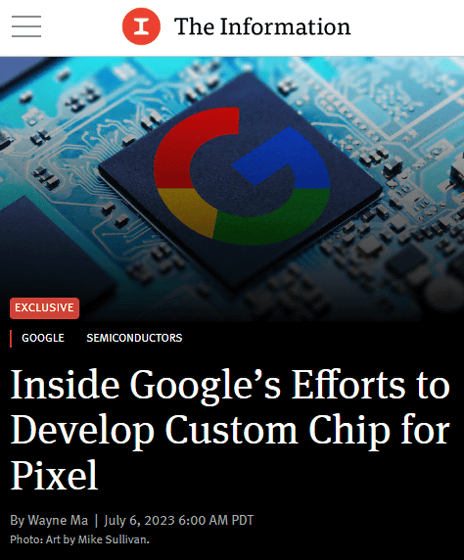

vivo has filed two trademarks with EUIPO (European Union Intellectual Property Office), namely S Flip and V Flip, which are likely referring to its future clamshell foldable smartphones. As of now, the company has a standard foldable smartphone under the vivo X Fold2 name and a vertical foldable named vivo X Flip. It is possible the future V Flip and S Flip models are placed at mid-range price segment. (GSM Arena, Europa, Europa)



Apple’s VP of camera software engineering Jon McCormack explained why the iPhone 15 Pro Max’s tetraprism lens system is limited to 5x optical zoom, instead of 10x like on Samsung’s Galaxy S23 Ultra. Apple says the telephoto lens on the iPhone 15 Pro Max features the company’s most advanced camera stabilization system yet, with a combination of optical image stabilization and an autofocus 3D sensor-shift module. McCormack said the iPhone’s 5x zoom lens can be stabilized “incredibly well” compared to a 10x lens. Apple’s senior director of iPhone product marketing Maxime Veron has further added that the iPhone 15 Pro Max’s 5x lens opens at ƒ/2.8, allowing for “excellent light management”. (MacRumors, Numerama)
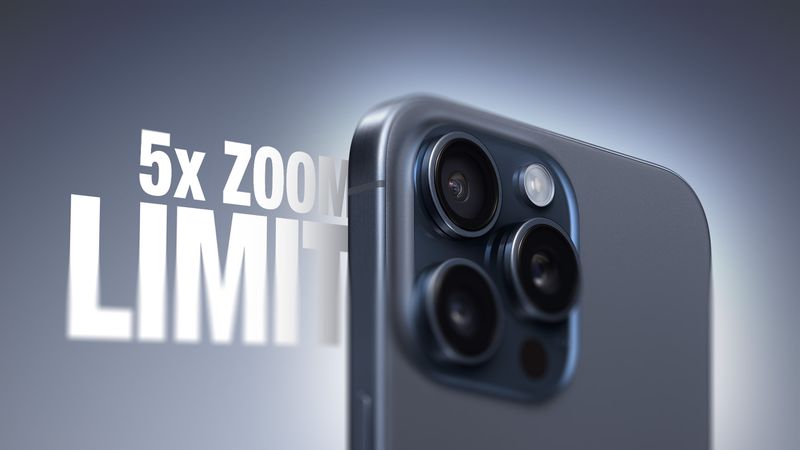

Niura has developed a pair of electroencephalography (EEG)-integrated earbuds that can monitor a user’s brain activity. The start-up claims the wearable device can watch for potential health issues, while also matching music to a user’s mood. Niura says its electroencephalography (EEG) integrated earbuds, which under the FDA’s class II medical classification, are an accessible and affordable way to monitor brain health and potentially save lives through early detection of brain disorders. Pari Patel, the clinical research coordinator of Niura, says its most recent paper that the company demoed at Sling Health reported that its “in-ear EEG technology had demonstrated capable of exhibiting neurological activity and detecting brain wave abnormalities such as cerebral infarction and hemorrhaging”.(TechCrunch, FirstWorld Healthtech, Robots.net, NYIT)
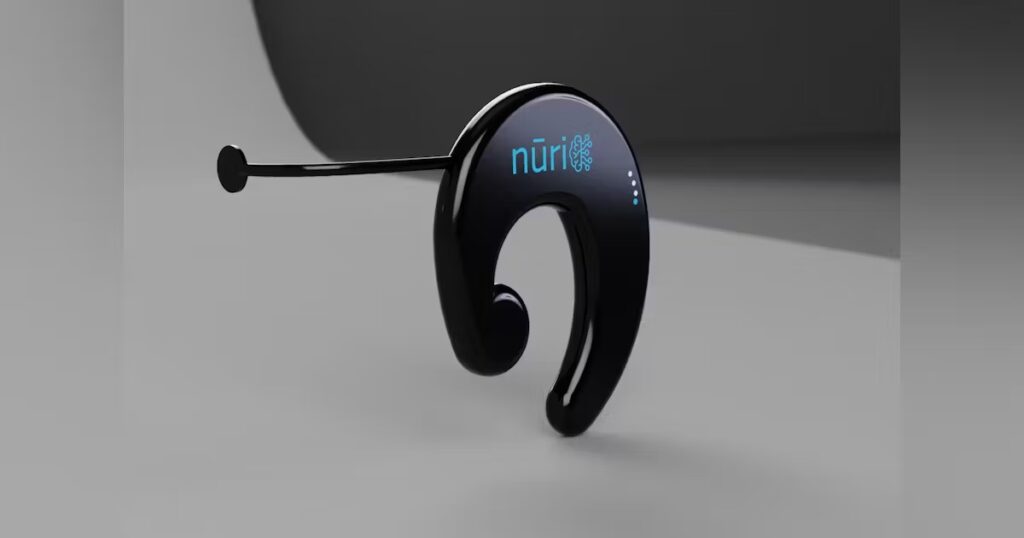

Cisco Systems has agreed to buy cybersecurity firm Splunk for about USD28B in its biggest-ever deal to strengthen its software business and capitalize on the boom in artificial intelligence. The deal, which is the biggest technology transaction of the year, will help reduce Cisco’s reliance on its massive networking equipment business, which has suffered in recent years from supply chain issues and a post-pandemic slowdown in demand. (CN Beta, CNBC, Reuters, Cisco)

Satellite providers are playing no small part in the rapid expansion of global connectivity. Some experts predict there will be 58,000 satellites orbiting the earth by 2030 — a nearly 725% increase from 2023. Ookla’s analysis includes SpaceX’s Starlink Net Promoter Score (NPS) data for France, Germany, Italy, New Zealand, and the United Kingdom, year-over-year data for satellite providers in Europe and Oceania from Q2 2022 to Q2 2023, and new Q2 2023 data from Starlink in Africa. Starlink users in France, Germany, Italy, New Zealand, and the U.K. had an NPS score much higher than the aggregate score for all fixed broadband providers combined during 2Q23. France had the highest NPS among the aggregate of fixed broadband providers for the countries they surveyed at -15.98 and fixed broadband providers had a much faster median download speed at 165.37Mbps to Starlink’s 107.56Mbps. (GSMA, WCCFtech, Ookla, CN Beta)
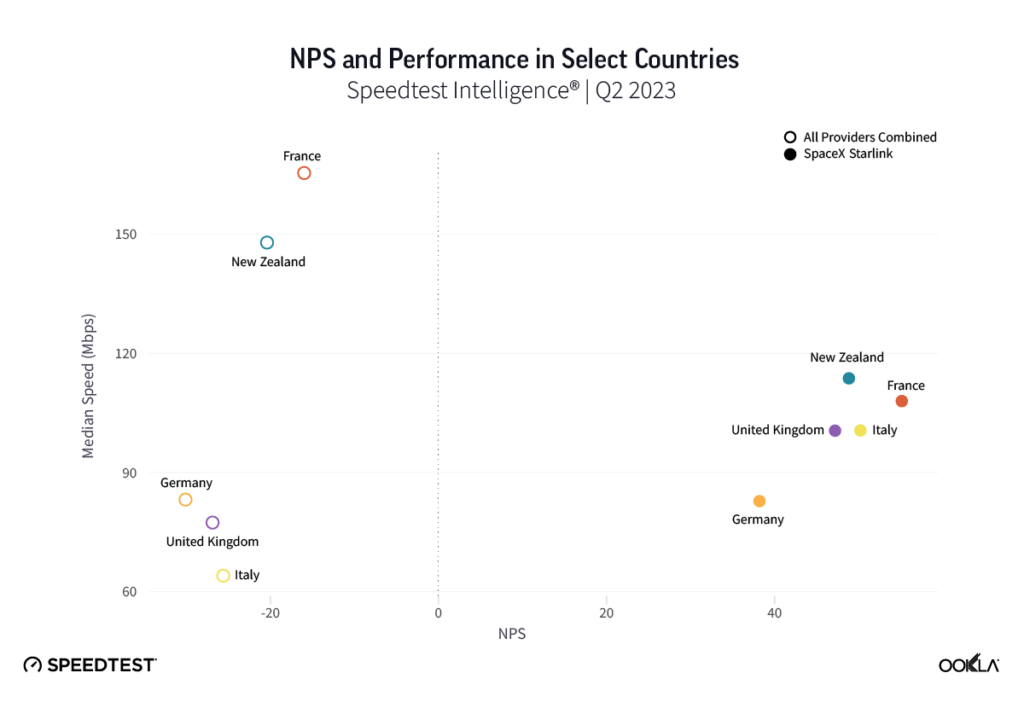
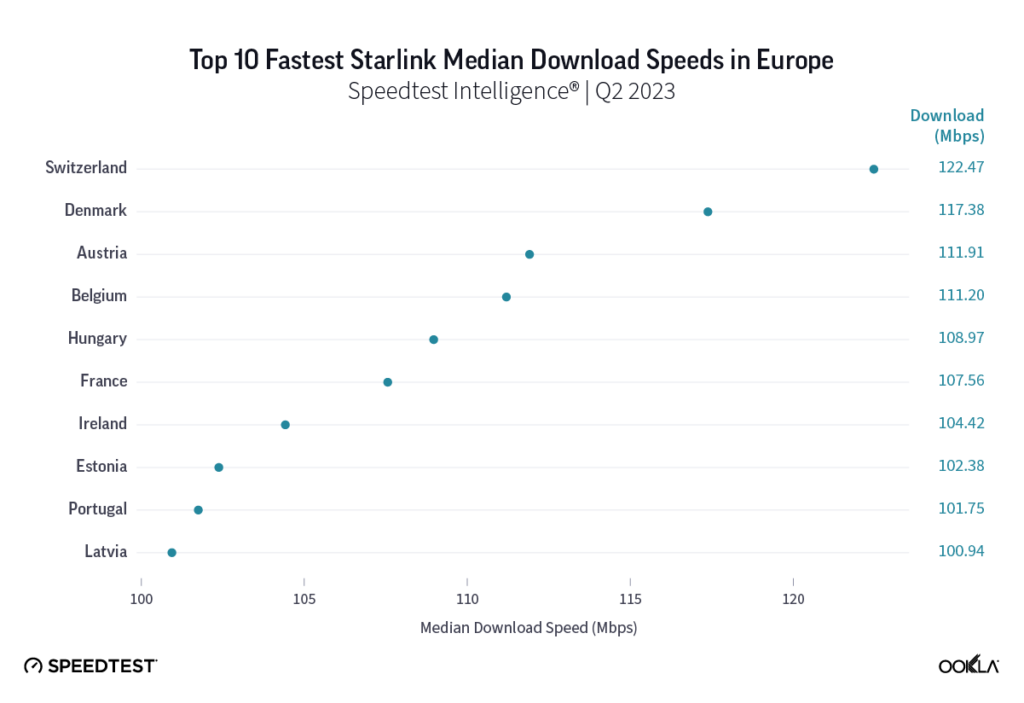
Asus is suing Samsung over alleged violations of its wireless communication patents, targeting devices like the Galaxy 4G, 5G phones, and the Galaxy Z Flip5. The patent was filed by the ASUS Technology Licensing and Innovative Sonic Limited, which owns all of the brand’s patents. This lawsuit was filed against Samsung Electronics in the Eastern District of Texas (U.S. Patent No. 10,187,878). The patent describes a “method and apparatus for improving a transmission using a configured resource in a wireless communication system” and even mentions Samsung’s 4G and 5G smartphones.(Gizmo China, Digitimes, Tom’s Hardware, RPX Insight)

Apple’s Chinese supplier Luxshare Precision Industry is producing three models of iPhone 15 series in 2023, and the business has doubled in a year, according to the Luxshare’s chairwoman Wang Laichun. The manufacturer is also making production preparations for Apple Vision Pro, a wearable headset device that will be available early 2024. Luxshare is continuing to expand its production capacity in China to meet Apple’s needs. The company built a new plant in Kunshan last year to support the development and mass production of iPhone.(Apple Insider, CN Beta, Reuters)
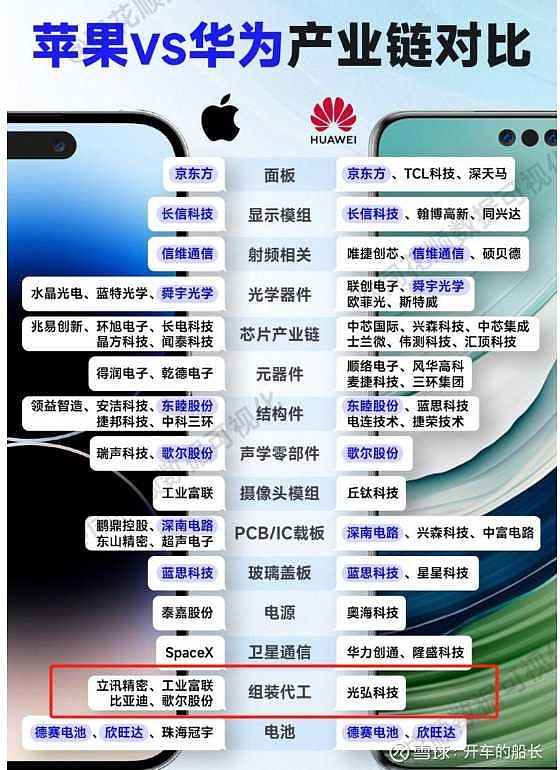
On 21 Sept 2023, three of Finland’s largest telecom operators, Telia, DNA, and Elisa, suspended sales of Xiaomi smartphones, Including their affiliated brands Redmi and POCO, in their market. The move comes in response to Xiaomi’s continued presence in Russia, which is seen as a sign of support for the Russian government’s invasion of Ukraine. In Mar 2023, the company was banned from selling its products in Poland and Lithuania, and in Apr 2023, the European Union imposed sanctions on Xiaomi’s CEO, Lei Jun. The sanctions against Xiaomi are part of a broader effort by the European Union to pressure Russia to withdraw from Ukraine. (Gizmo China, Suomimobiili, GSM Arena, GizChina, 4gnews)
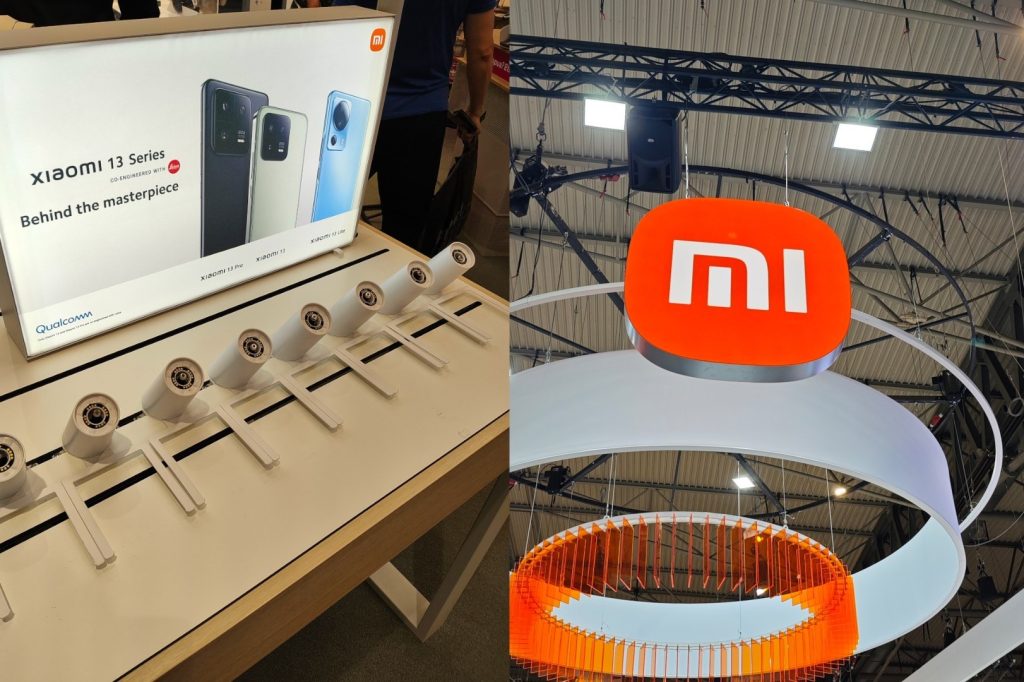
At its peak in 2017, the global smartphone market saw more than 700 brands fiercely competing. Fast forward to 2023 and the number of active brands (that have recorded sell-through volumes) is down by two-thirds to almost 250, according to Counterpoint Research, which has been tracking sales of these brands across more than 70 key countries. A maturing user base, improving device quality, longer replacement cycles, economic headwinds, supply-chain bottlenecks and major technological transitions such as 4G to 5G have gradually whittled down the number of active brands and their volumes over the years. For example, local smartphone brands, once known as “local kings”, like Micromax in India and Symphony in Bangladesh, have lost significant share or even exited over the last 5 years. (Neowin, Counterpoint Research)
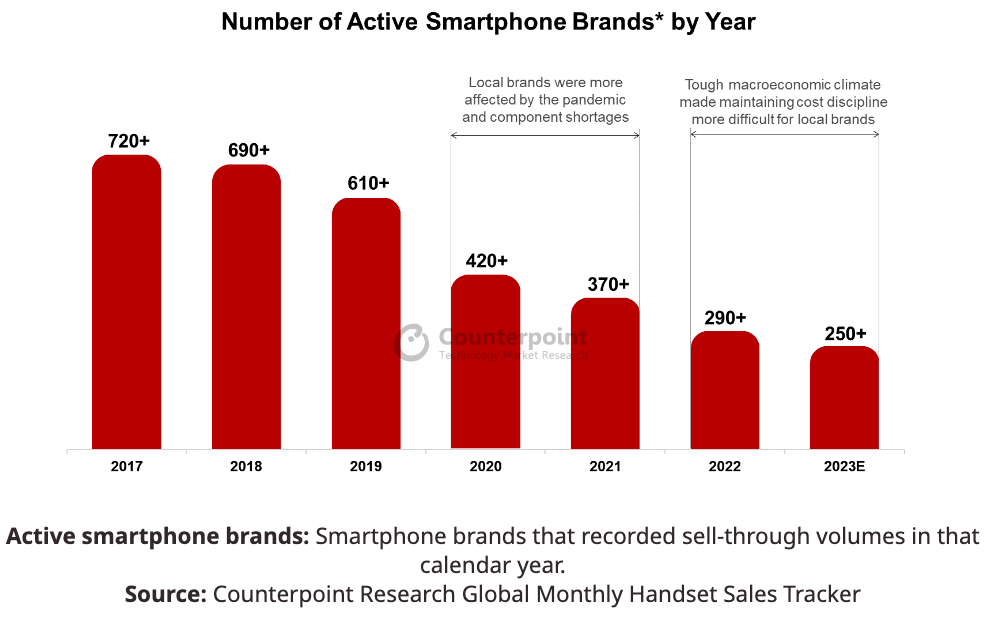

According to American Customer Satisfaction Index (ACSI), which is based on interviews with more than 14,000 customers between Jul 2022 and Jun 2023, the satisfaction of customers with personal computers has mostly remained flat (a minor increase from 79 to 80). However, a breakdown of the satisfaction score by device type shows that users are happier with their desktop computers (84) than with laptops (80) and tablets (76). Samsung’s Galaxy Tab and Galaxy Book lineups and Apple’s iPad, MacBook, and other Mac series products fall under these groups. Dell and HP follow the two companies in this customer satisfaction index. These two brands jumped three points and four points, respectively. Acer, Amazon, ASUS, and Lenovo make up the top eight personal computer brands in the US. (Android Headlines, ACSI)
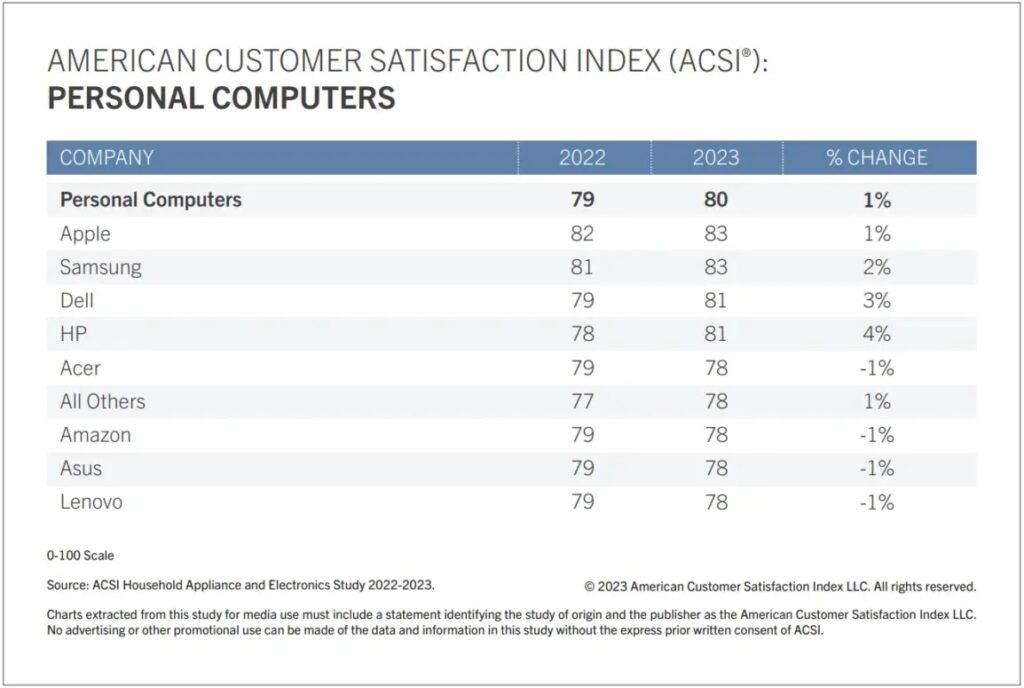
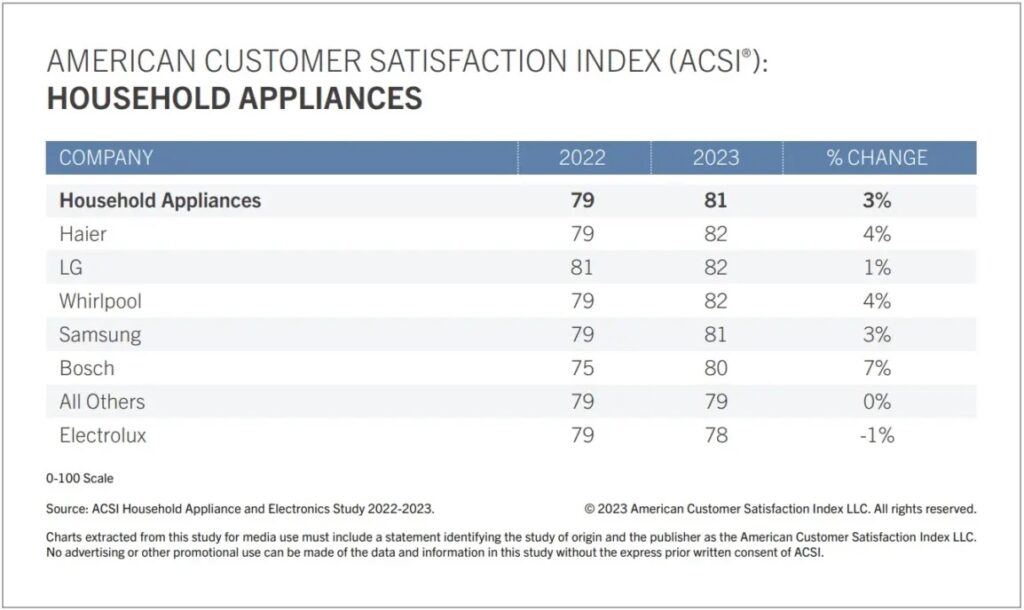

The University of Michigan Exercise & Sport Science Initiative has launched a research partnership with Samsung Electronics to explore smartwatch technology in an effort to help runners manage their health and physical activity by providing more reliable and accurate data. The Michigan Performance Research Laboratory — ESSI’s core research lab — will oversee an eight-month study that uses the Galaxy Watch series to estimate the oxygen consumption and sweat loss of participants as they run. The study will compare gold standard data against smartwatch data from both indoor (treadmill) and outdoor running trials of different distances, from 2.5km to 20km. (Android Headlines, Phone Arena, Business Review, Samsung, Michigan Today)
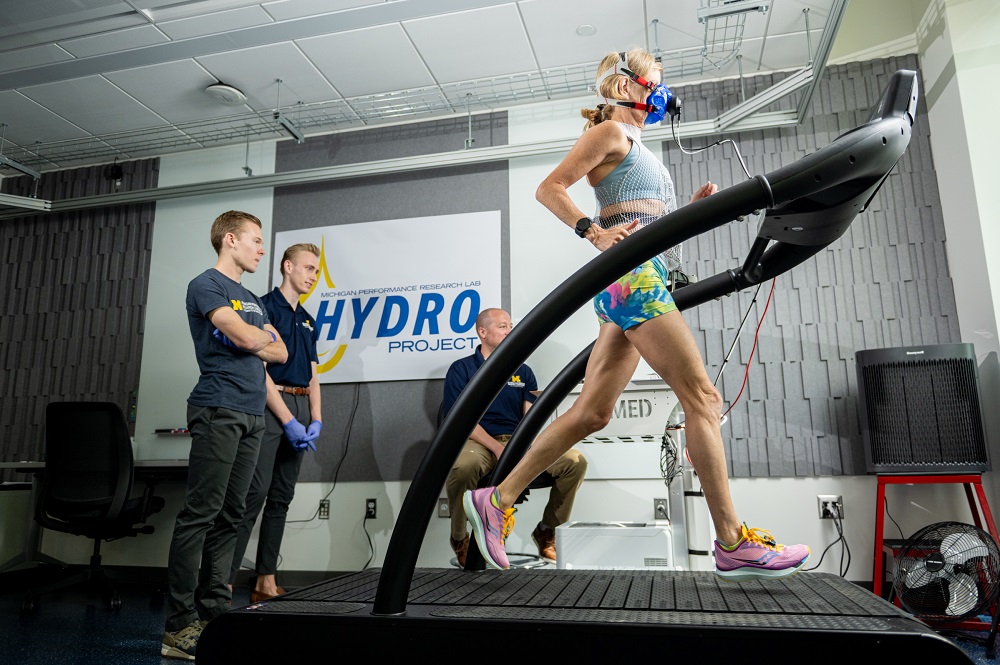
Global shipments for wearable devices returned to growth in 2Q23 reversing two quarters of decline, according to new data from IDC. The market grew 8.5% YoY with shipments totaling 116.3M devices. This growth came at the expense of overall market value as average selling prices (ASPs) fell due to increased competition and discounting by retailers seeking to reduce excess inventory. Competition from outside the top 5 companies has been on the rise allowing these smaller companies to gain share in the past year. It has also given way to lesser-known form factors such as connected rings. With growth returning in 2Q23, IDC forecasts 520M wearables will be shipped in 2023, up 5.6% from 2022. (Neowin, IDC)
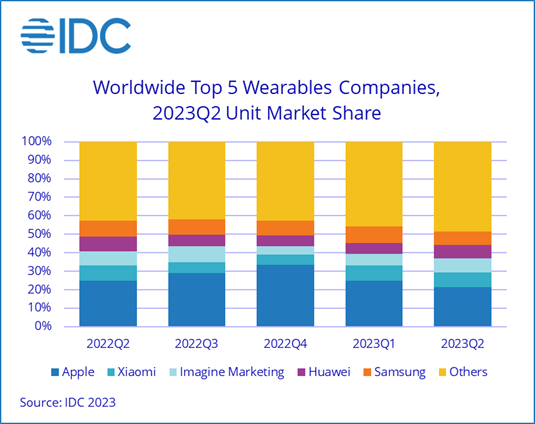
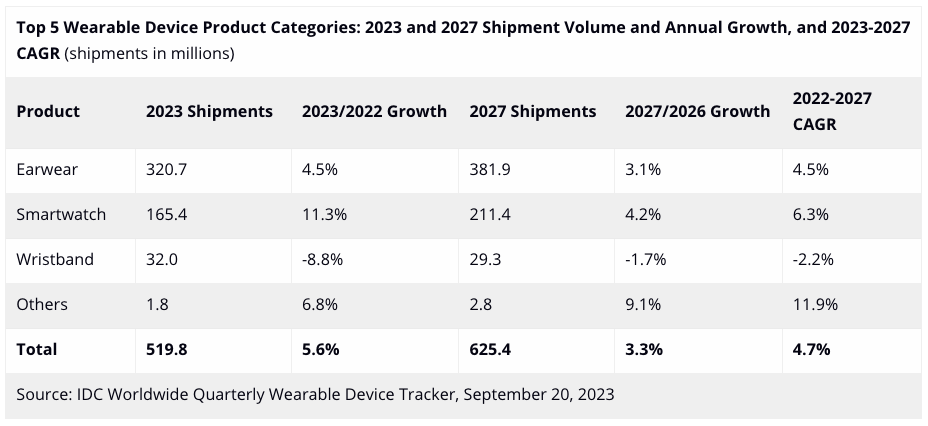

Worldwide augmented reality and virtual reality (AR/VR) headset shipments declined for the fourth quarter in a row as volumes fell 44.6% YoY during 2Q23, according to new data from IDC. The lull in the market does not come as a surprise given the economic downturn and the small pool of suppliers for both AR and VR headsets. In fact, 2023 volumes are shaping up to be only slightly higher than 2017 with 8.5M headsets expected to ship in 2023. However, a lot has changed in the past few years as standalone headsets have had a compound annual growth rate (CAGR) of 57.5% while screenless viewers such as Samsung’s Gear VR have essentially disappeared from the market. (Gizmo China, IDC, CNMO)

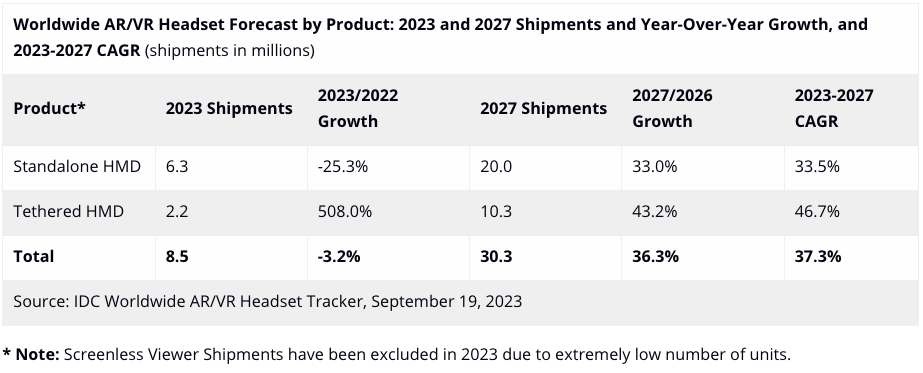

Nio has unveiled its first smartphone in China. Although Nio primarily focuses on producing cars, the company has ingeniously designed the Phone to double as a car key, functioning even when the vehicle is turned off. Nio Link is the app responsible for the phone’s various car functionalities. Utilizing Ultra-Wideband (UWB) technology, the app enables the car to automatically lock and unlock when it detects the owner’s phone in close proximity. Additionally, the app allows users to control the air conditioning, adjust the seats, manage the music system, and obtain a battery capacity and estimated range report. Furthermore, the Nio Phone can be placed in the executive island of the ES8 car, where it seamlessly transforms into a control screen for managing music, ambient lighting, and more. (CN Beta, GizChina, Arena EV, Nio)
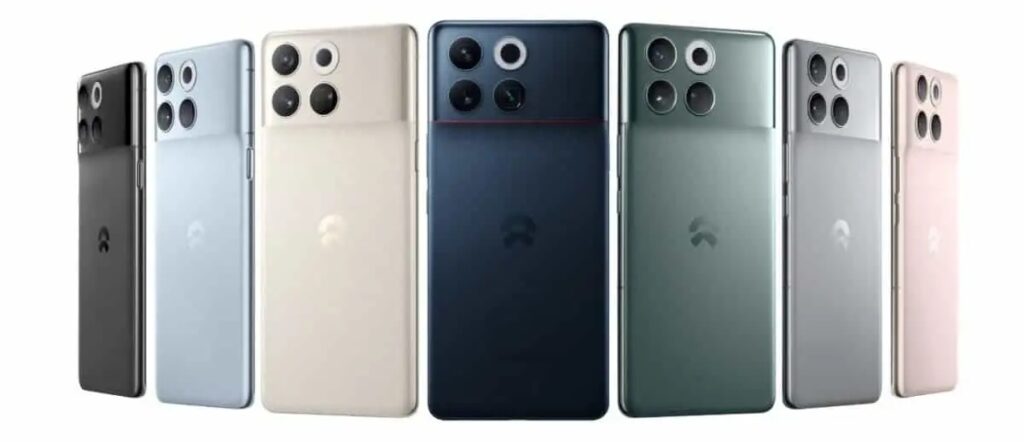
Li Auto, a Chinese electric car manufacturer, has recently hired some talent from the smartphone industry, which sparked speculation that the company is looking to enter the smartphone market as well. However, Li Auto’s CEO Li Xiang clarified that the company has no plans to launch a smartphone. It is too busy working on cars. (GSM Arena, CN EVpost, 163.com, 36Kr, Weibo, IT Home)
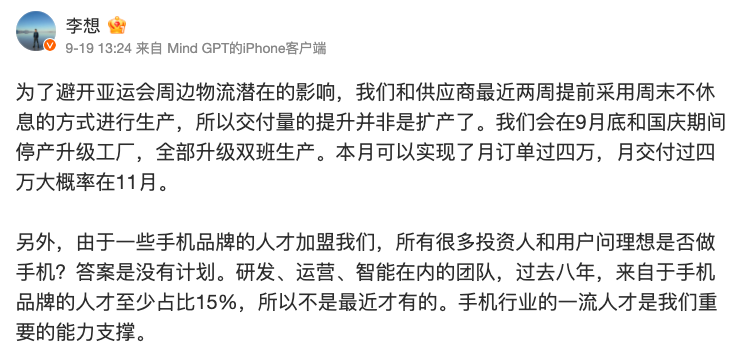

Apple has announced the launch of Tap to Pay on iPhone in Brazil, allowing independent sellers, small merchants, and large retailers in the country to use iPhones as a payment terminal. Introduced in Feb 2022, the feature allows compatible iPhones to accept payments via Apple Pay, contactless credit and debit cards, and other digital wallets, using only an iPhone – no additional hardware or credit card machine is required. Tap to Pay on iPhone uses NFC technology to securely authenticate the contactless payments, plus the feature also supports PIN entry, which includes accessibility options.(MacRumors, Apple)
